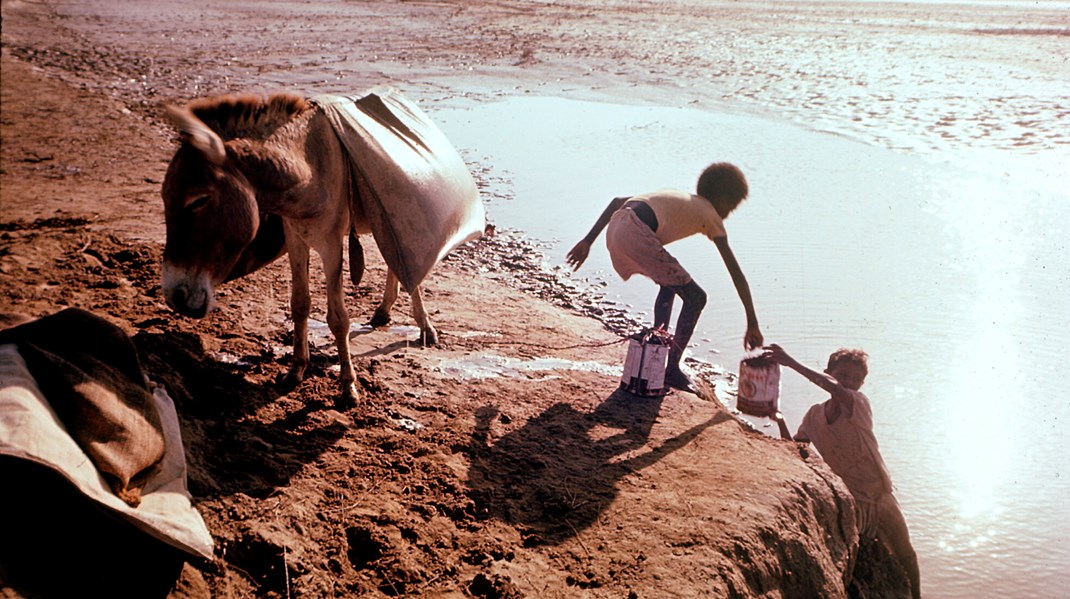Detailed data on Kenya drought reveals more events likely
Climate scientists from multi international agencies, on 23 March 2017, released a detailed study of the Kenyan drought, whose main message is: prepare for more.
The scientists shared their findings at the conclusion of a three-day conference in Nairobi that brought together representatives from the government, private sector, Red Cross Red Crescent Movement and other humanitarian agencies.
The study says there’s a detectable ‘climate signal’ – a measure of the influence of human-induced climate change – in the atmospheric temperatures behind the drought. Data indicates they were “higher than they would have been without the influence of climate change,” according to a summary of the scientific findings made available online.
The summary cites a January 2017 FEWSNET report noting recent “hotter than normal temperature accelerated forage and water depletion across most of the pastoral and marginal agricultural areas.”
The team, however, found no strong influence of climate change on rainfall in Kenya – regarded as the main determinant of surface water – but say they cannot exclude small changes in the risk of poor rains linked to climate change.
The scientists are part of the global World Weather Attribution (WWA) programme that assesses whether extreme climate-related events are more likely now than they would be in a world without climate change.
The WWA group, which for the Kenya study included, the Kenya Meteorological Department (KMD), the Red Cross Red Crescent Climate Centre and the Princeton-based Climate Central group, who are convenors of the WWA programme, as well as specialists from Melbourne and Oxford Universities and the Royal Netherlands Meteorological Institute.
The Nairobi conference wrapped up a year-long branch of the programme that also included the UK-based Climate and Development Knowledge Network, concentrating on several developing countries affected by climate-related disasters that may be intensified by human influence.
As Kenyans wait anxiously for the next rainy season, in scientific if not humanitarian terms, the drought that began in 2016 is not yet as exceptional as the 2011 disaster in the Horn of Africa, whose ‘return interval’ the attribution scientists assessed at 1 in 50–60 years.
“This finding underscores the use of climate information for early warning, early action initiatives to mitigate such disasters,” said Dr. Abbas Gullet, Secretary General, KRCS. "With the frequency of such disasters, it is time that we explore the link between climate and disasters and take timely action,” he added.


